Summer is in full swing, although it’s been a couple of years since I’ve had to dress so warm yet in July! In any case, now is the time of year when your yard begins to take on its “finished” look for the season, and as you enjoy the fruition of your gardening dreams, it’s time to take stock of what else your garden could use for a unique focal point—or a project to make your efforts more successful. Here are a few ideas you could try as you work in the garden this month.
In college, I worked a season in the greenhouse on campus, tending to a variety of tropical plants. One of my favorite plants to grow was hibiscus—a plant as quintessential to tropical locales as palm trees and grass skirts. Here in the Pacific Northwest, we’re a long way off from the lands of tropical hibiscus—but that doesn’t mean we can’t grow our own variety that looks just as stunning!
First, a little clarification. The term “hibiscus” can apply to at least three different categories of plant: 1) the tropical variety you’ll find warm climates; 2) a woody shrub with smaller flowers referred to as Rose of Sharon; or 3) a cold-hardy perennial with large, tropical flowers that dies back to the ground each year.
This last category of hibiscus is what I’ve found to be one of the most stunning perennials we can grow here in our corner of the world. Perennial hibiscus produces huge, eight-inch flowers for weeks on end in mid-summer, a time of year when spring perennials have finished blooming and later varieties haven’t yet hit peak bloom.
In spring, hibiscus is one of the last plants to sprout, so don’t worry if you don’t see anything coming up until late May. Once sprouted, though, hibiscus can grow an inch a day, filling out to around four feet tall and nearly as wide. ‘Cranberry Crush’ is my favorite variety I’ve found so far, with blood-red, glossy flowers and deep green foliage; ‘Berry Awesome’ has similar foliage with rich pink blooms. At Vander Giessen Nursery, we carry both of these varieties–check them out and take one home for yourself!
Now, as we near mid-summer, many of your flowers and plants around the yard are reaching maturity. And while that might mean they slow down in their growth, it doesn’t mean they’ll stop—and certainly doesn’t mean you can stop tending to them! If you’re tired of watering everything by hand, however, consider the ease of care that drip irrigation provides. Not only is drip irrigation a great way to conserve water—plants watered with drip use much less water than traditional overhead sprinkling—it frees up all kinds of time you’d otherwise spend watering so you can actually enjoy being in your yard instead of working in it.
Admittedly, installing drip irrigation involves some work, but with today’s technology and simple-to-use starter kits, you can hook up a complete drip system to an outdoor faucet with a battery-powered timer, eliminating the task of plumbing in underground valves and wiring controllers. If you’re looking for ways to ensure your perennials, pots, or hanging baskets keep looking their best, a drip system may be just what you need. With our years of experience designing and installing irrigation systems, we can help you put together a drip system that suits your needs and keeps your plants going strong all summer.
Finally, don’t miss the opportunity to take advantage of our cooler July to feed your lawn. Many lawns took a beating last summer, and if you’ve spent time and money to revive your lawn this spring, now is not the time to ignore it! Feed your lawn now with Scotts Turf Builder and it will have the nutrients it needs to carry it into September.
Enjoy all your yard and garden has to offer this month!



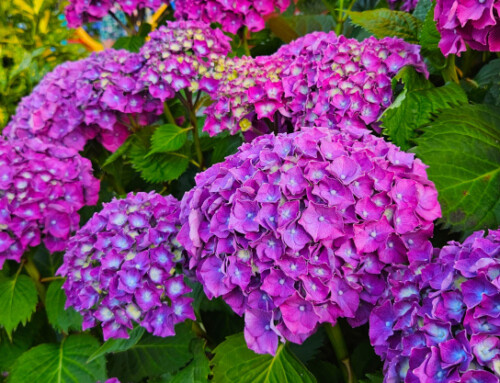
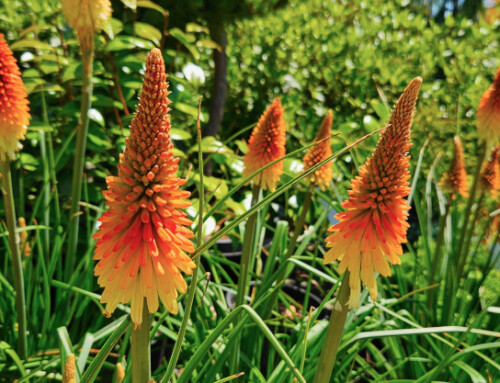
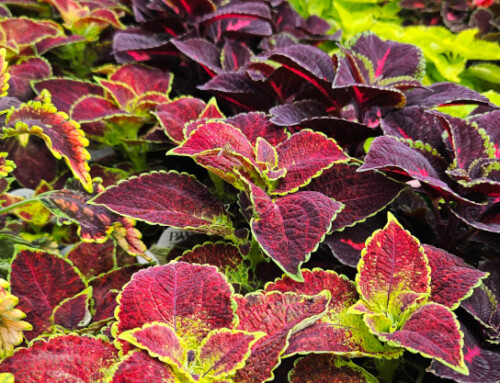
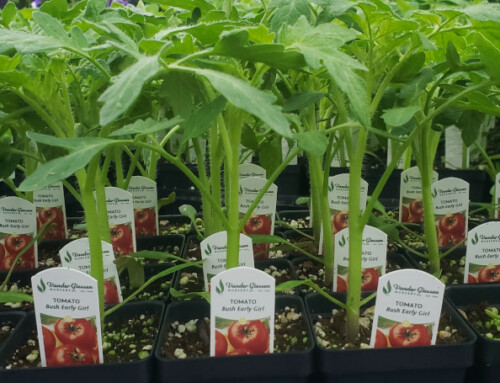
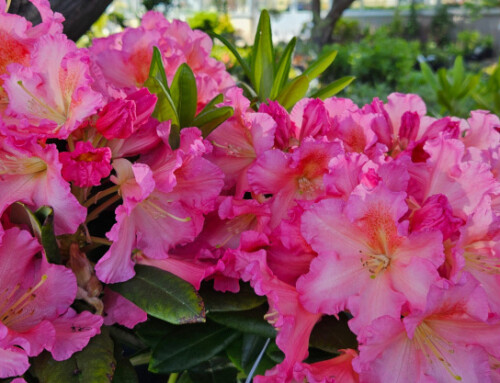
Leave A Comment